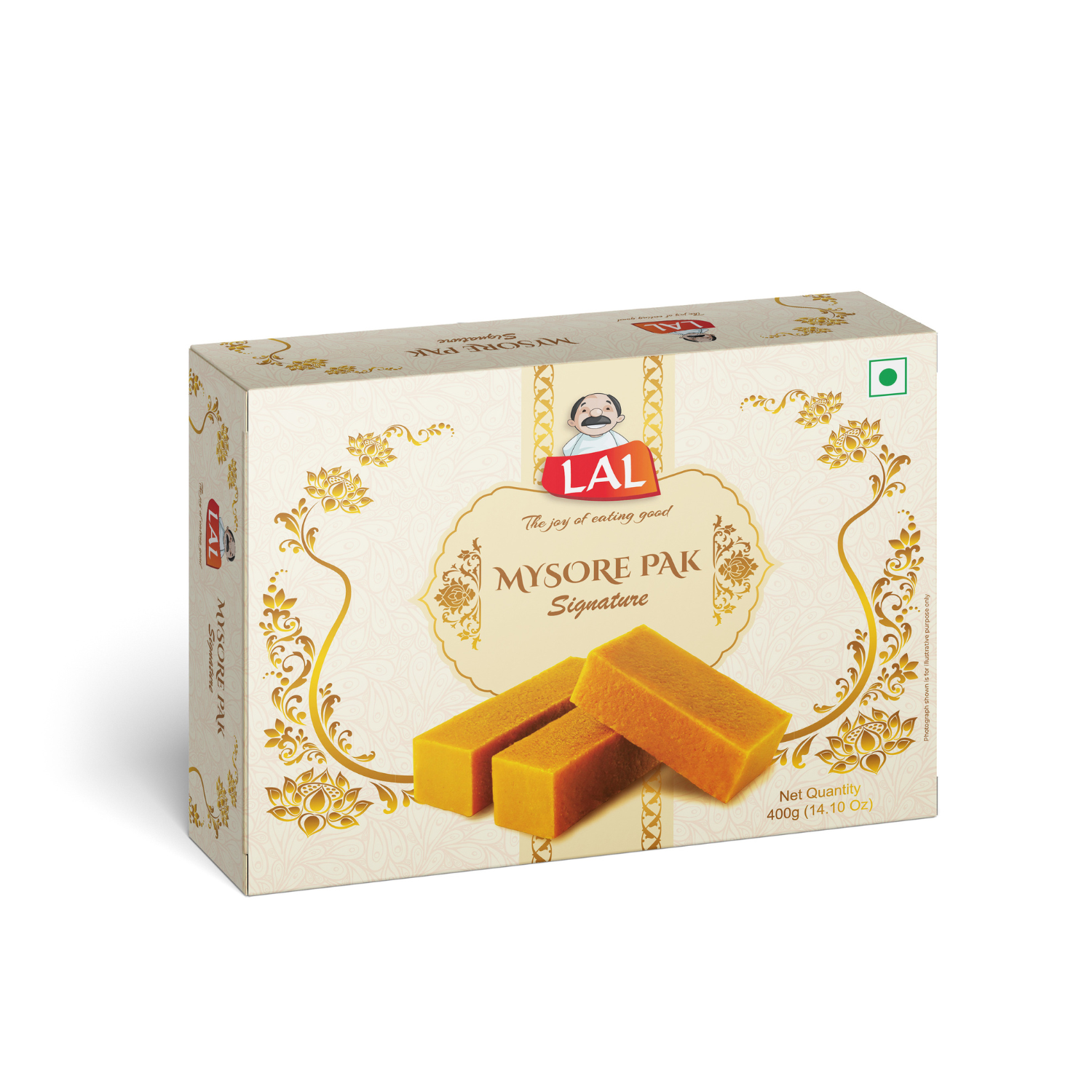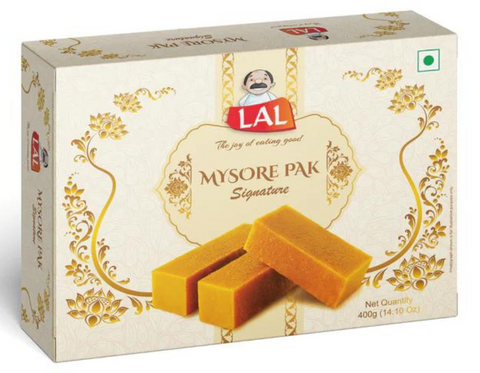Introduction
In the world of delectable Indian sweets, Mysore Pak stands as a timeless and irresistible treat that captivates taste buds with its unique texture and rich flavor. Originating from the royal city of Mysore in Karnataka, India, this delightful confection has been delighting generations with its perfect blend of ghee, sugar, and gram flour. Let's delve into the fascinating journey of crafting this iconic dessert that has stood the test of time.
A Historical Prelude
The tale of Mysore Pak dates back to the royal kitchens of the Mysore Palace during the reign of Maharaja Krishna Raja Wadiyar IV in the 19th century. Legend has it that the ruler's culinary experts, driven by the desire to create a sweet that matched the royal sophistication, experimented with various ingredients and techniques. The result was a creation so splendid that it was named after its place of origin.
Ingredients That Matter
Besan (Gram Flour)
At the heart of every Mysore Pak recipe lies the key ingredient: besan, also known as gram flour. This finely ground powder, derived from chickpeas, forms the base of the sweet. Its unique nutty flavor and binding properties are essential for achieving the distinct crumbly yet melt-in-the-mouth texture that defines Mysore Pak.
Ghee (Clarified Butter)
Ghee, revered in Indian cooking, plays a crucial role in the recipe. Its rich and buttery essence infuses the sweet with a heavenly aroma and an indulgent taste. The quality of ghee used greatly influences the final outcome, making it imperative to use the finest ghee for the most authentic experience.
Sugar Syrup
The balance between sweetness and texture is achieved through the sugar syrup. As the sugar dissolves in water and transforms into a syrup, it blends harmoniously with the besan and ghee, contributing to the soft yet grainy consistency that Mysore Pak is celebrated for.
Crafting the Perfect Mysore Pak
The Mixing Process
Creating Mysore Pak is an art that requires precision. The gram flour is meticulously roasted in ghee until it turns golden brown, releasing a tantalizing aroma. The sugar syrup is then added, and the mixture is stirred continuously. This process demands patience as the mixture thickens and absorbs the ghee and sugar syrup to form a cohesive blend.
The Transformation
As the mixture thickens, it absorbs the ghee and sugar syrup to form a cohesive blend. At this stage, it's the perfect time to add more ghee, infusing the sweet with an opulent richness. The mixture is then poured into a greased tray, where it cools and sets, ready to be cut into delectable pieces.
A Bite of Tradition
Mysore Pak isn't just a sweet; it's a sentiment that encapsulates tradition and celebration. This delicacy takes center stage during festivals like Diwali, weddings, and other joyous occasions. Its presence on the table symbolizes the sweetness of life's moments and the richness of Indian culinary heritage.
A Global Delicacy
While Mysore Pak originated in India, its fame has transcended borders. With the rise of global appreciation for Indian cuisine, this sweet masterpiece has found its way onto international dessert menus. The blend of textures and flavors, characteristic of Mysore Pak, has garnered admirers from all corners of the world.
Conclusion
In the realm of Indian sweets, Mysore Pak reigns supreme as an embodiment of tradition, flavor, and culinary artistry. The alchemy of besan, ghee, and sugar syrup creates a confection that delights palates and evokes nostalgia. From its royal origins to its place on modern dessert platters, Mysore Pak continues to redefine sweetness, proving that true artistry is timeless and universally cherished.



